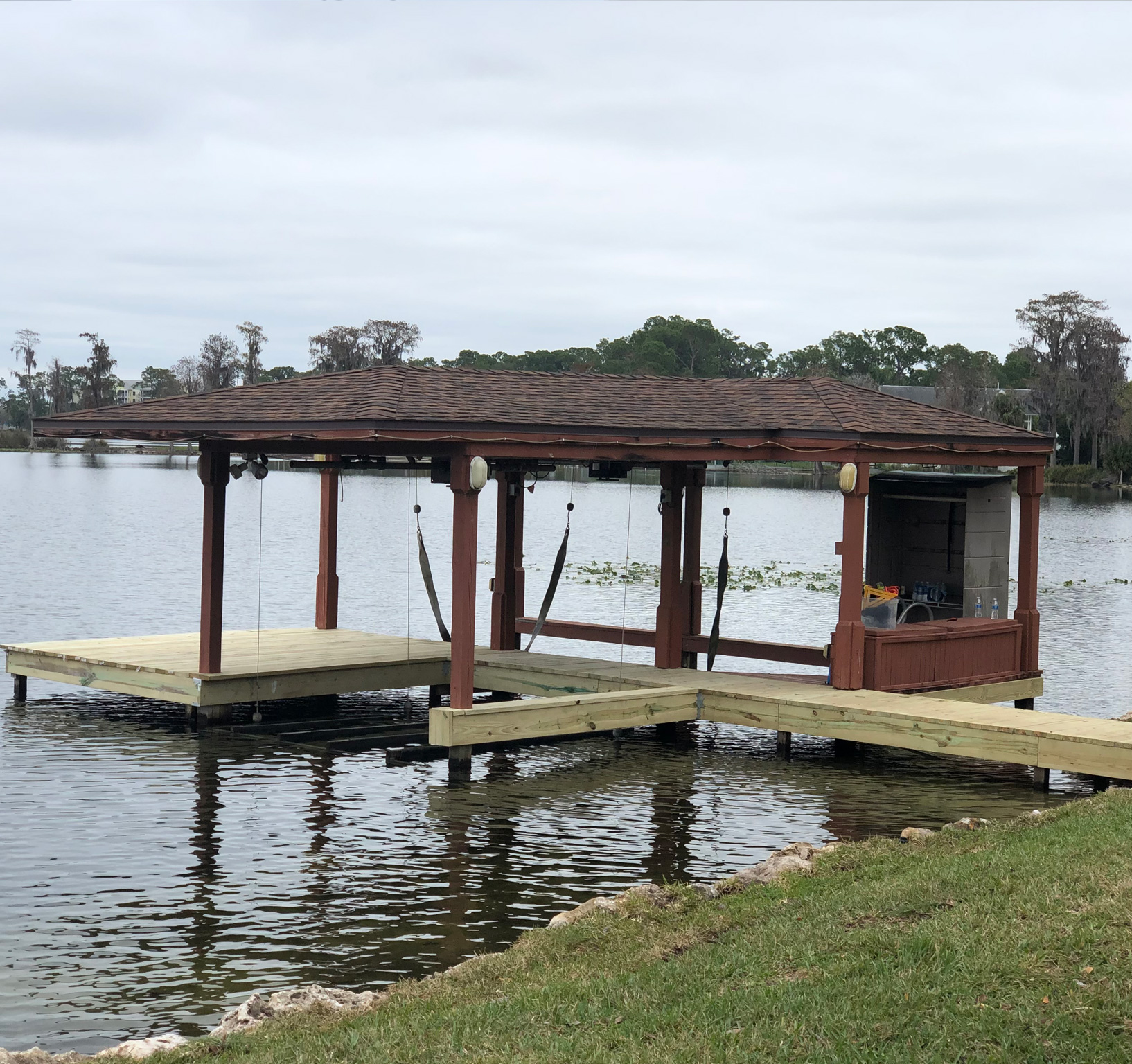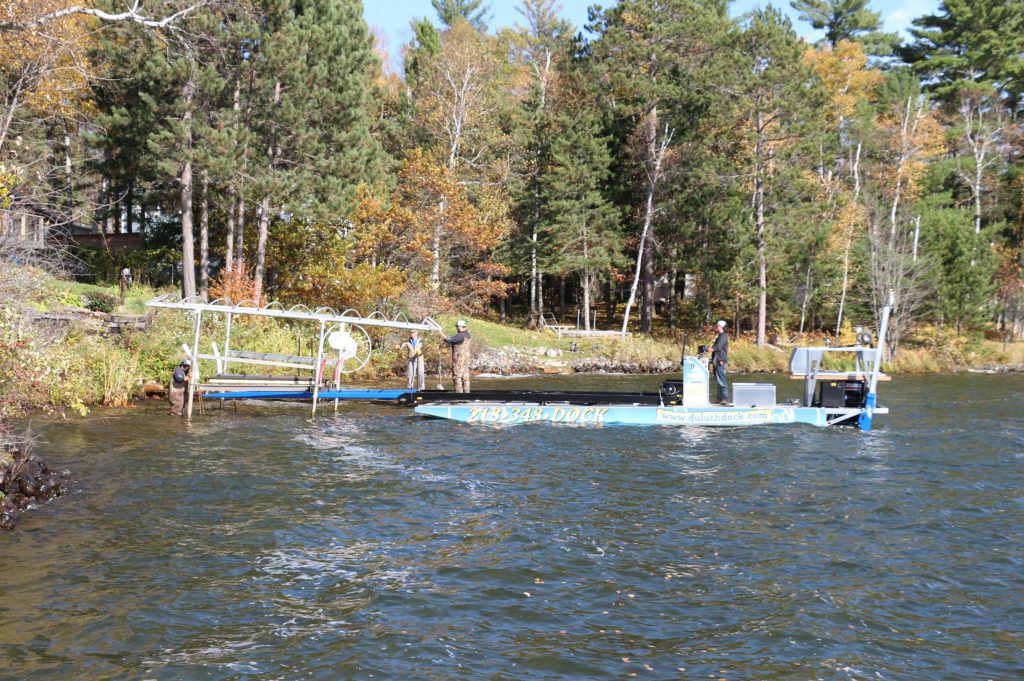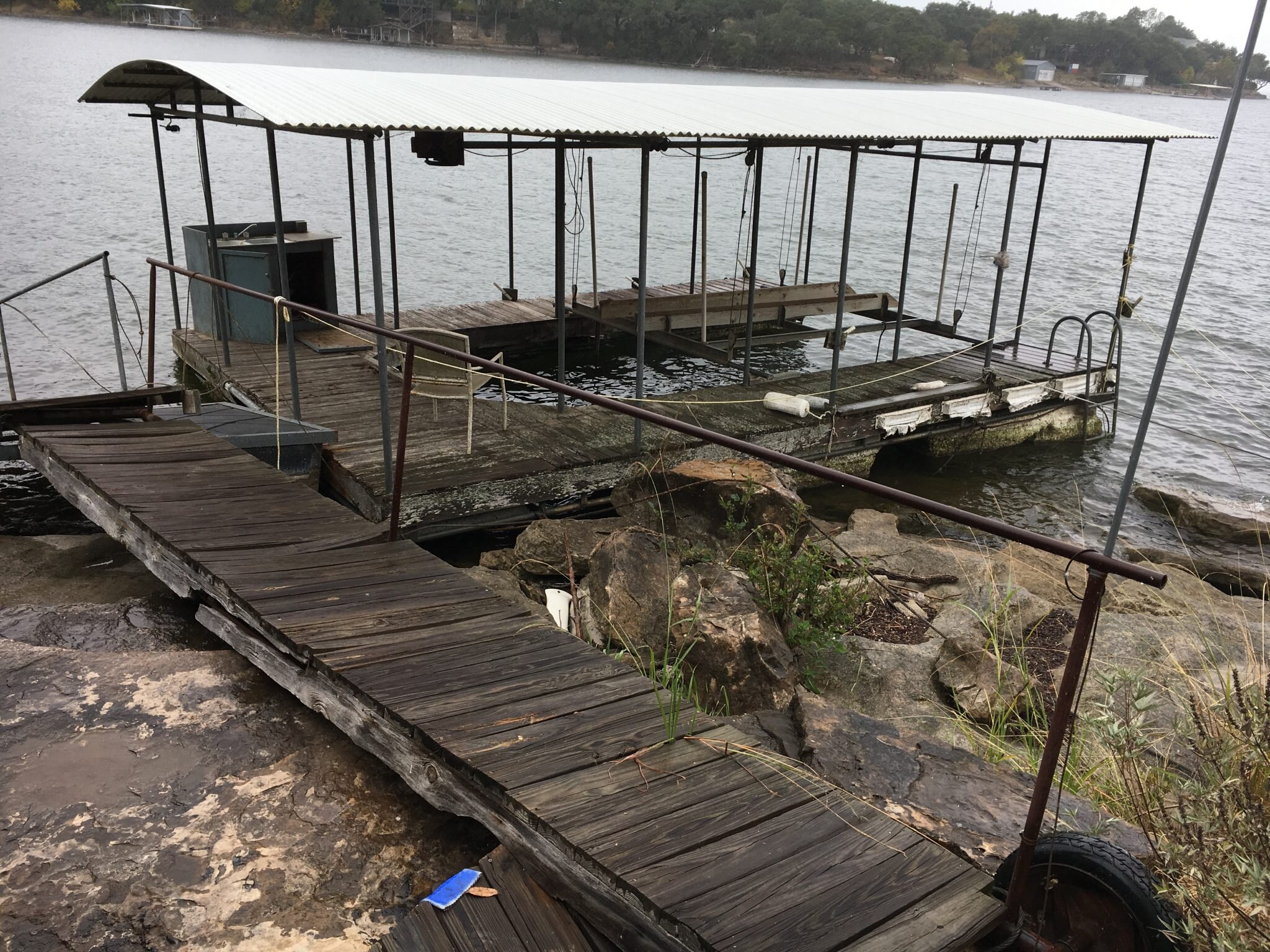Top Indications You Need Specialist Dock Repairs This Season
Top Indications You Need Specialist Dock Repairs This Season
Blog Article
Reliable Dock Repair Techniques: Making Sure Structural Integrity
Making sure the structural stability of anchors through efficient repair methods is paramount for the durability and safety of marine facilities. This includes a multi-faceted approach starting with comprehensive inspections using advanced innovations like sonar devices and remotely operated automobiles (ROVs) to detect both noticeable and hid damages. Subsequently, choosing the appropriate repair service materials, such as composite materials and corrosion-resistant alloys, is crucial for longevity. Structural reinforcement methods, consisting of the execution of cross-bracing systems and load-distribution plates, play a crucial role in mitigating stress and anxiety points. Nonetheless, the relevance of these strategies becomes noticeable when discovering innovative repair service techniques and preventative upkeep strategies.
Evaluating Dock Damages
Analyzing dock damages is an important initial step in guaranteeing the architectural integrity and safety of any docking facility. This preliminary examination involves a thorough inspection to determine both visible and hidden problems. Trick facets to examine consist of the dock's structure, pilings, outdoor decking, and hardware. Each component should be inspected for indicators of wear, rot, deterioration, or various other forms of destruction that might compromise the structural integrity.
Architectural designers or qualified assessors normally carry out these evaluations making use of specialized techniques and devices. For example, underwater evaluations could use sonar tools or from another location operated cars (ROVs) to identify submerged damage. Over water, aesthetic evaluations are enhanced by utilizing moisture meters and other analysis devices to uncover underlying issues not quickly noticeable to the naked eye.

Deciding On Repair Service Materials
Picking the proper repair service products is a critical action in the dock reconstruction process, one that straight influences the longevity and performance of the repaired structure. Material choice have to be driven by factors such as environmental conditions, load-bearing demands, and compatibility with existing dock parts. Wood is a standard selection for docks due to its natural durability and aesthetic charm. Selecting the appropriate kind of timber, such as pressure-treated lumber or normally rot-resistant types like cedar or teak, is vital to stand up to water settings.
Along with timber, composite materials are significantly popular as a result of their durability and low upkeep needs. Compounds, normally made from a blend of plastic and timber fibers, use superb resistance to rot, insects, and UV damage. For metal docks, selecting corrosion-resistant alloys such as galvanized steel or marine-grade light weight aluminum is necessary to stop rust and make certain structural honesty in saline water problems.
Epoxy materials and marine-grade sealers are important for fixing fractures and sealing joints, giving a water resistant barrier and improving the dock's overall toughness. By thoroughly choosing top quality materials, dock repair work can achieve resilient outcomes, consequently protecting versus future degradation and ensuring safe, dependable usage.
Structural Support Strategies
Effective structural reinforcement methods are crucial in guaranteeing the security and long life of dock repair work. One basic technique involves the use of steel or composite reinforcement bars (rebar) within concrete structures. Rebar provides added tensile stamina, stopping splits and distributing lots more uniformly. This approach is especially efficient for docks exposed to heavy tons or rough ecological problems.
One more essential strategy is the application of fiber-reinforced polymers (FRP) These products use high strength-to-weight ratios and exceptional resistance to corrosion, making them suitable for enhancing concrete or wood docks. FRP can be applied in strips or sheets and bonded with epoxy resins to boost architectural stability.
Supporting and anchoring systems likewise play a critical role in architectural reinforcement. Cross-bracing, utilizing steel or wooden beams, can neutralize side pressures, minimizing persuading and movement. Securing systems, such as helical piers or driven heaps, offer a steady foundation by transferring tons to much deeper, much more stable dirt layers.
Finally, the combination of load-distribution plates can assist disperse weight a lot more uniformly throughout the dock's surface area, mitigating localized stress factors. These methods jointly make certain that docks stay durable and risk-free, with the ability of withstanding the roughness of their operational environment.
Advanced Fixing Approaches

One more sophisticated strategy includes undersea welding, which permits fixings to be conducted without the need to dewater the location. This method is specifically beneficial for attending to architectural issues in immersed dock elements, making sure marginal disruption to operations. Improved welding methods, paired with robot systems, deliver accuracy and dependability, thus extending the life-span of the dock.
Additionally, cathodic security systems are implemented to stop deterioration in metal dock structures. By utilizing sacrificial anodes or impressed current systems, these techniques successfully minimize the electrochemical processes that bring about material damage.
Lastly, progressed tracking technologies, such as architectural wellness monitoring (SHM) systems, supply real-time information on the condition of dock frameworks. These systems enable positive maintenance and prompt treatments, ultimately making sure the long-lasting architectural honesty of the dock.
Upkeep and Avoidance
Maintenance and prevention are essential concepts that moved here underpin the longevity and safety of dock frameworks. Normal examinations are vital, permitting for early discovery of wear and tear, possible weaknesses, and ecological influences. An aggressive approach, involving regular look for corrosion, rot, and architectural shifts, minimizes pricey repairs and lengthens the dock's operational life.
Preventative actions should consist of applying protective coverings to metal elements to protect versus rust and making use of cured timber to stand up to decay. Additionally, making certain appropriate drain and air flow can avoid water accumulation, which is an usual reason for structural degradation. Including quality materials and sticking to manufacturer guidelines during building and repair phases additionally play important roles in improving longevity.

Training employees in dock maintenance ideal methods makes certain consistent application of safety nets. Leveraging technical content advancements, such as drones for evaluations and sensors for real-time surveillance, can better enhance maintenance initiatives. By prioritizing maintenance and avoidance, dock owners can ensure architectural honesty, operational safety, and economical administration over the dock's life-span.
Conclusion
In conclusion, maintaining the structural integrity of marine centers necessitates thorough dock fixing strategies. Advanced fixing strategies, coupled with normal maintenance techniques, make certain the dock stays functional and risk-free under diverse environmental problems.
Guaranteeing the architectural honesty of docks through effective repair service methods is critical for the durability and safety and security of marine facilities.Selecting the appropriate repair products is a critical action in the dock reconstruction process, one that directly affects the long life and efficiency of the fixed structure.Effective structural support methods are crucial in guaranteeing the security and long life of dock repair services. By focusing on maintenance and avoidance, dock proprietors can ensure architectural integrity, operational safety and security, and economical administration over the dock's life-span.
In verdict, maintaining the structural integrity of marine centers requires detailed dock repair techniques.
Report this page